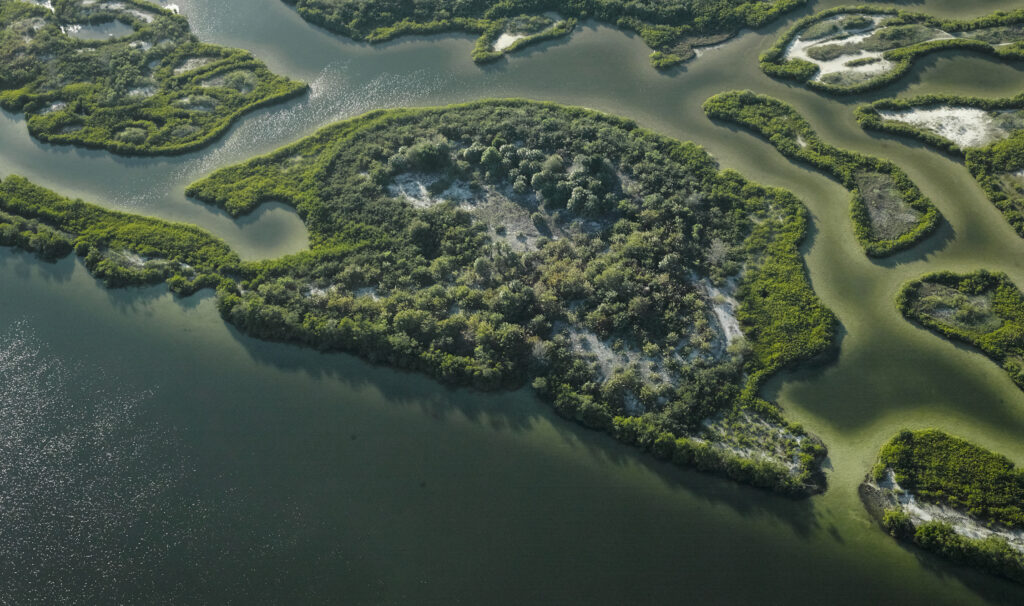
Natural coastal habitats like coral reefs, mangroves, and salt marshes can reduce flood insurance claims by approximately 50% in Florida’s coastal areas, according to a comprehensive Swiss Re Institute study analyzing flood insurance data from 2009 to 2022.
With the highest coastal property exposure to storm surge in the United States, the Sunshine State is particularly vulnerable to the devastating effects of hurricanes and tropical storms. This vulnerability is underscored by the fact that 40% of National Flood Insurance Program (NFIP) coastal claims stem from lower severity events, highlighting the need for effective protective measures, the report states.
The Swiss Re Institute research revealed a stark contrast in claim rates during flood events. Areas boasting high coastal habitat protection saw a mere 1% claim rate, while those with less protection experienced a significantly higher 2.8% claim rate. Perhaps most striking is the overall reduction in loss frequency observed in high-protection areas, ranging from an impressive 42% to 65% decrease, the study found.
A growing body of academic research supports the vital role that natural coastal barriers play in storm protection, Swiss Re Institute noted. A study on salt marshes projects an 11-12% reduction in structural losses through 2050, even accounting for climate change impacts. The protective value of coral reefs is equally impressive, estimated at $5.3 billion in reduced coastal flood losses annually for the U.S. alone.
Mangrove swamps and coastal wetlands have also demonstrated their worth during major weather events. During Hurricane Irma, mangrove swamps prevented a staggering $1.5 billion in damage, the report stated. Similarly, coastal wetlands averted $625 million in damage during Hurricane Sandy, further emphasizing the critical importance of these natural defenses.
The Cost of Habitat Degradation
The threats to these protective habitats come from multiple directions. One-time storm damage can cause immediate and severe harm to coral reefs, mangrove swamps, and salt marshes. However, the danger doesn’t stop there.
Systemic environmental changes, such as rising sea temperatures and ocean acidification, pose long-term risks to these ecosystems. As these habitats deteriorate, their ability to mitigate flood damage diminishes, leaving coastal communities increasingly vulnerable, Swiss Re Institute reported.
Innovative Insurance Solutions
The insurance sector is developing groundbreaking solutions that combine commercial interests with natural protection. One example is Swiss Re’s parametric Mexican coral reef hurricane coverage. This innovative product is designed to support reef restoration after storms that reach a predefined wind speed, demonstrating how insurance can directly contribute to the preservation of crucial natural barriers, the report explained.
Insurers are uniquely positioned to guide investments in nature-based solutions that offer cost-effective resilience, according to the report. Swiss Re Institute encouraged insurers to collaborate with local stakeholders to support the preservation and maintenance of ecosystems that contribute to natural coastal protection.
View the full report here.
